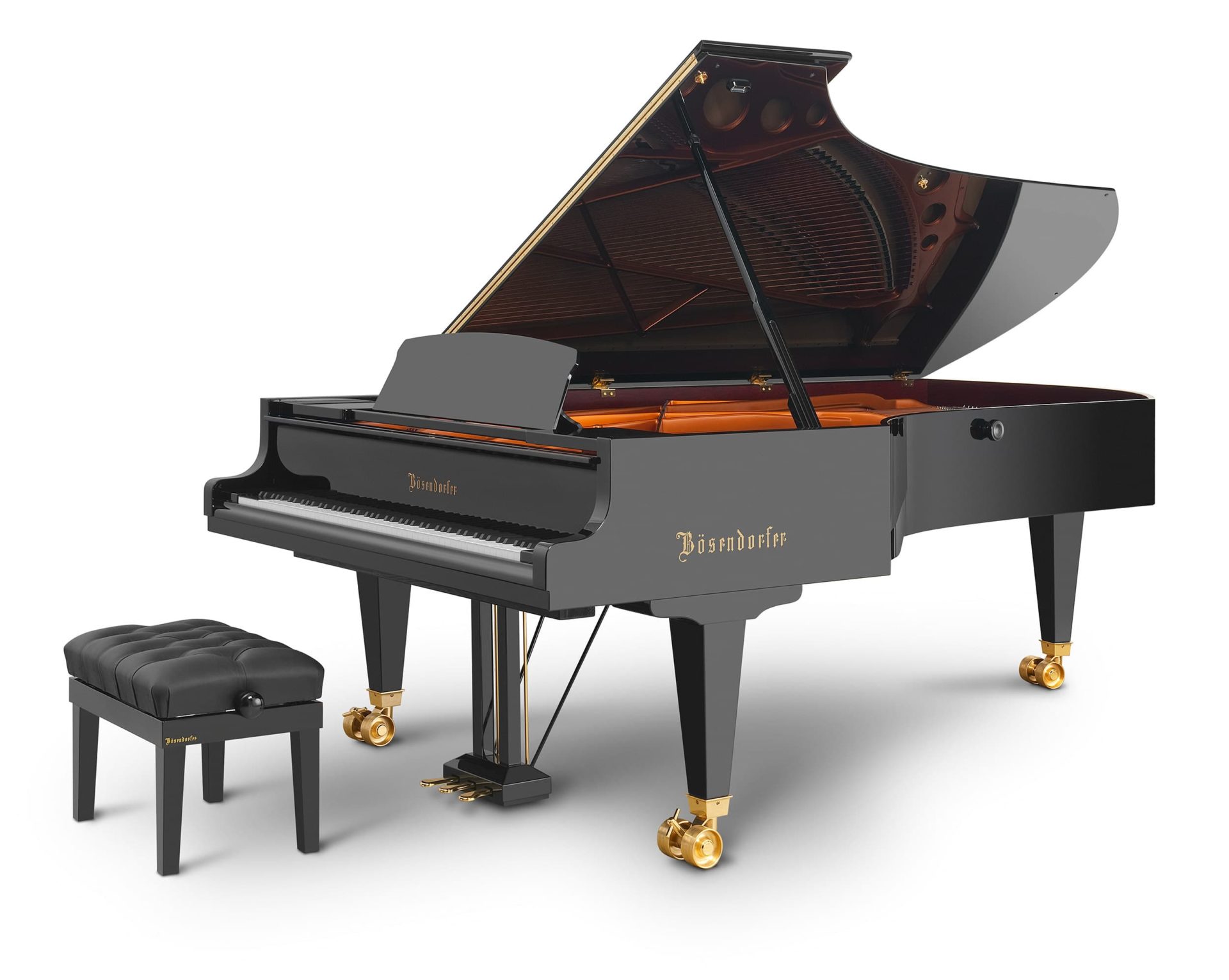Why Do Pianos Have 88 Keys?

When you sit down at a standard grand piano, you're greeted by a seemingly magical array of 88 black and white keys. But have you ever wondered why there are exactly 88 keys—and not more or fewer? Is it just a tradition, or is there a scientific or musical reason behind it?
Let’s dive into the fascinating history, science, and innovation behind one of music’s most iconic instruments.
A Quick History Lesson
The modern piano evolved from earlier keyboard instruments like the harpsichord and clavichord. These older instruments typically had fewer keys—often around 60.
Then came Bartolomeo Cristofori, credited with inventing the piano around 1700. His earliest pianos had about 49 keys, covering four octaves. Over the 18th and 19th centuries, as composers demanded more expressive range, piano builders gradually expanded the keyboard.
By the late 1800s, the standard 88-key layout was born.
Why Exactly 88 Keys?
A full-sized piano today has:

What About Pianos With More Than 88 Keys?
Yes, they exist—and they’re amazing!

Bösendorfer Imperial Grand (97 keys)
One of the most famous examples is the Bösendorfer Model 290 Imperial, which has 97 keys, reaching down to C0 (16.35 Hz).
Why the extra keys?
…And Pianos With Fewer Keys?
Many beginner or portable keyboards come with:
Even some digital pianos with 88 keys don’t have full-length action or realistic sound—so it's important to know what you're buying!
Do You Need 88 Keys to Learn Piano?
Not necessarily! If you're a complete beginner, starting with a 61 or 76-key keyboard is totally fine—especially if you're learning modern songs or basic technique.
However, as you progress and start exploring classical repertoire or complex pieces, upgrading to a full 88-key piano becomes essential.
Fun Facts to Impress Your Music Friends
In Summary
The 88-key piano is a perfect blend of musical range, human hearing, and historical evolution. It became the standard not by accident, but through centuries of innovation, artistry, and practical design.
Still, the world of pianos is vast—from minimalist keyboards to monster grands with 108 keys. So whether you're practicing on a modest 61-key setup or dreaming of a Bösendorfer Imperial, just remember: it’s not about how many keys you have—it’s what you do with them that matters.
Let’s dive into the fascinating history, science, and innovation behind one of music’s most iconic instruments.
A Quick History Lesson
The modern piano evolved from earlier keyboard instruments like the harpsichord and clavichord. These older instruments typically had fewer keys—often around 60.
Then came Bartolomeo Cristofori, credited with inventing the piano around 1700. His earliest pianos had about 49 keys, covering four octaves. Over the 18th and 19th centuries, as composers demanded more expressive range, piano builders gradually expanded the keyboard.
By the late 1800s, the standard 88-key layout was born.
Why Exactly 88 Keys?
A full-sized piano today has:
- 52 white keys
- 36 black keys
- Totaling 88 keys, which spans 7 octaves plus a minor third (from A0 to C8)

- Human Hearing Range
- The lowest note (A0) on a piano is 27.5 Hz.
- The highest note (C8) is around 4186 Hz.
- Compositional Range
- Balance of Size and Function
What About Pianos With More Than 88 Keys?
Yes, they exist—and they’re amazing!

Bösendorfer Imperial Grand (97 keys)
One of the most famous examples is the Bösendorfer Model 290 Imperial, which has 97 keys, reaching down to C0 (16.35 Hz).
Why the extra keys?
- Richer resonance: Even if those extra notes aren't played, their strings sympathetically vibrate, adding depth and color.
- Some contemporary or avant-garde pieces actually use those super-low notes!
…And Pianos With Fewer Keys?
Many beginner or portable keyboards come with:
- 61 keys (5 octaves)
- 76 keys (6+ octaves)
- Beginners
- Traveling musicians
- Pop and rock players, whose music rarely uses extreme low/high ranges
Even some digital pianos with 88 keys don’t have full-length action or realistic sound—so it's important to know what you're buying!
Do You Need 88 Keys to Learn Piano?
Not necessarily! If you're a complete beginner, starting with a 61 or 76-key keyboard is totally fine—especially if you're learning modern songs or basic technique.
However, as you progress and start exploring classical repertoire or complex pieces, upgrading to a full 88-key piano becomes essential.
Fun Facts to Impress Your Music Friends
- Middle C is not the exact middle of the keyboard! It’s the 40th key (key number 4C), while the 44th key is technically the center of the 88-key layout.
- Each octave has 12 notes (7 white + 5 black), and the 88-key piano has just over 7 full octaves.
- Some digital pianos let you transpose octaves electronically—even if the physical keys are limited.
In Summary
The 88-key piano is a perfect blend of musical range, human hearing, and historical evolution. It became the standard not by accident, but through centuries of innovation, artistry, and practical design.
Still, the world of pianos is vast—from minimalist keyboards to monster grands with 108 keys. So whether you're practicing on a modest 61-key setup or dreaming of a Bösendorfer Imperial, just remember: it’s not about how many keys you have—it’s what you do with them that matters.
Aug 06,2025
